Renault Fuego - Haynes - USED
USED Renault Fuego 1980-86Haynes Part No. 764
NEWGet other Renault Car Repair Manuals hereCoupe (inc. Turbo). 1397, 1565, 1647 & 1995cc.
|
The Renault Fuego was heavily based on the Renault 18, sharing its floorpan and drivetrain, but featuring a new front suspension design. The design kept the familiar double wishbone layout common with the Renault 18 but no parts were interchangeable and the design incorporated negative scrub radius geometry. The new suspension design would later be introduced in the facelifted Renault 18 and with minor refinements (larger bushings, etc) it was used in the Renault 25. Later, the Fuego dashboard was added to the facelifted R18. European production continued into 1986 (to 1985 in France and 1986 in Spain), while Renault Argentina produced the "Fuego GTA Max" up into 1992.
The Fuego was sold in the United States through American Motors (AMC) dealers from 1982 to 1985 inclusive. The styling adaptagions of the car drew negative responses from the original European design team due to the enlarged bumpers, recessed headlights with plastic surrounds, and choice of interior and exterior finishing that were required to suit American tastes and legislative requirements[citation needed]. A convertible version was unveiled by the French coachbuilder Heuliez in 1982, but never made it to production due to cost[citation needed] - the R11/Alliance convertible taking its place.
The Fuego was the top-selling European two-door coupé from 1980-82; the first mass produced four-seat sports model to be designed in a wind tunnel[citation needed] (with a resulting drag coefficient (Cd) factor of 0.32-0.35 depending on model and year). In October 1982, the Turbo Diesel model was classified as the then-fastest diesel car in the world with a top speed of 180 km/h.
The Fuego was the first car in the world to have a remote keyless system with central locking that was available from the 1983 model year (from October 1982).[1] The system was invented by Frenchman Paul Lipschutz (hence the name PLIP remote which is still used in Europe), and later introduced on other Renault models.
The Fuego was the first car to have steering wheel mounted satellite controls for the audio system (European LHD GTX and Turbo from October 1983). This feature became popularised on the new 1984 model R25.
The Fuego's body design was authored by Robert Opron, who had previously designed the Citroën SM, Citroën GS, Citroën CX, and later followed with the Renault 25 in 1984.
European model variants ran as follows: 1.4 L TL, GTL; 1.6 L TS, GTS (manual and automatic transmissions); 2.0 L TX, and GTX (manual and automatic transmissions). A 2.1 L Turbo Diesel was also produced for LHD European markets in the 1982-84 period. The Fuego Turbo (manual transmission only) was added in 1983 to coincide with the midlife facelift. This included a new front grille, bumpers, and interior trim. In the United States, the Fuego was offered with a 1.6 L turbocharged or normally aspirated version in 1982 and 1983; for 1984 and 1985 it was offered with a 2.2 L engine.
The Fuego became the number one selling coupé in Europe during the 1980-2 period. In France itself (thus, excluding Argentina and Spain) the production number was 226,583[2] or 265,257.[3]
Renault sold the Fuego in the UK, aiming it at Opel Manta and Ford Capri buyers, where it became the top selling coupé during 1981-2, but sales fell off before finally ending in 1986 with just the GTS and Turbo as the two sole models.
The Fuego was not directly replaced by another model in the Renault range. A Fuego II was planned, similarly styled as the new Renault Alpine GTA, but the development of the new model was cancelled at the last minute due to Renault's financial problems and the falling sales of sports coupés in general at that time.

 0 Items (Empty)
0 Items (Empty)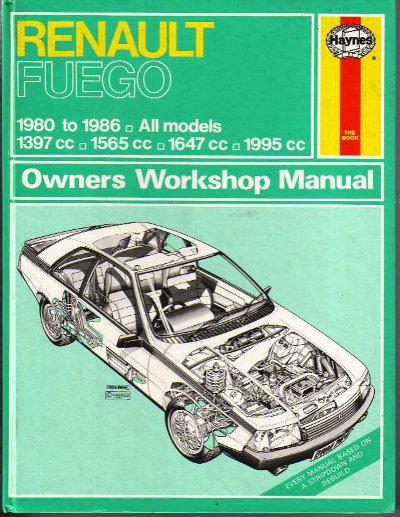


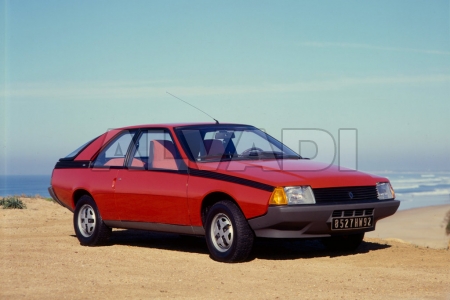
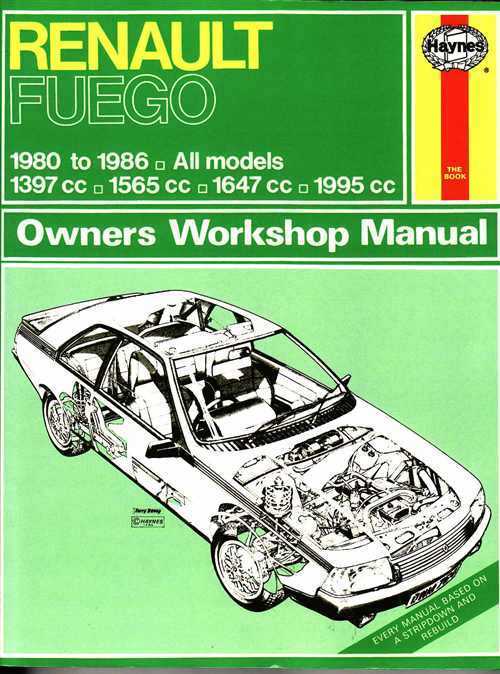
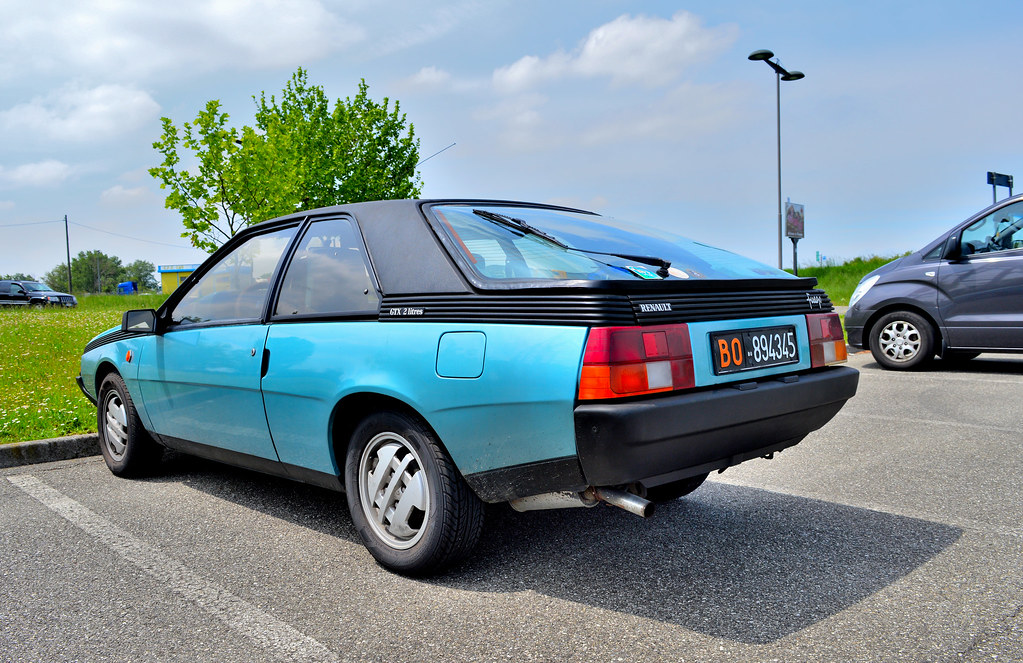
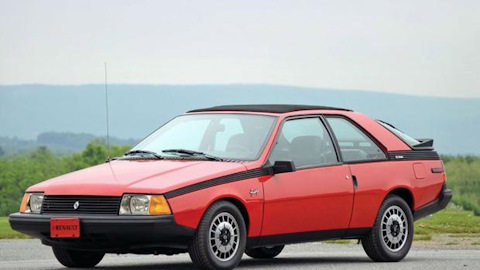
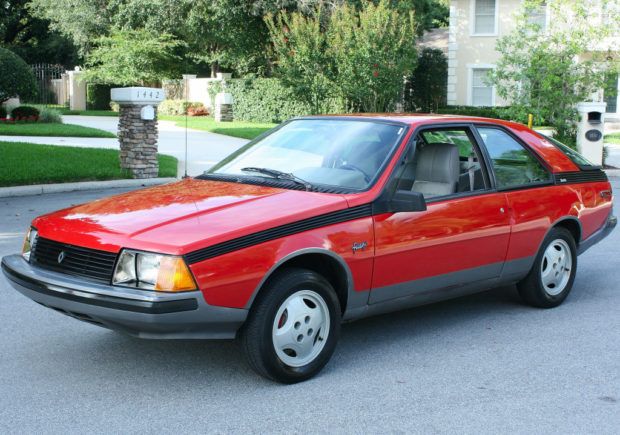 >
>